
Start wiring bonsai trees when the shoots are young and pliable. Generally, this occurs in late spring or early summer, although it can vary depending on the region and species of bonsai. As soon as new growth appears and is soft enough to bend without breaking, the branches should be bent slightly with wire to begin forming them into a desired shape. If left until later in the growing season, wiring may cause breakage due to stiffer wood from mature growth. With shorter days during fall and winter months encouraging dormancy in some deciduous varieties, there is less flexibility for making modifications at that time of year.
Contents:
- The Art of Bonsai Wiring: When to Start Shaping Your Tree
- Understanding the Purpose of Wiring: Enhancing Bonsai Aesthetics
- The Ideal Time to Wire Young Bonsai Trees for Optimal Results
- Evaluating Bonsai Health and Readiness for Wiring Techniques
- Step-by-Step Guide on Basic Bonsai Wiring Methods
- Factors to Consider Before Starting the Wiring Process
- Common Mistakes in Wiring that Can Harm or Kill your Bonsai Tree
- Maintaining Healthy Growth After Bonsai Shaping: Tips & Tricks
The Art of Bonsai Wiring: When to Start Shaping Your Tree

The art of bonsai wiring is a process that takes patience, skill and knowledge to perfect. It requires an understanding of how the different types of wire work together with the tree, in order for it to be trained into shape. When it comes to bonsai wiring, the best time to start shaping your tree depends on what type you have.
For coniferous trees such as pines or junipers, they typically need less shaping than deciduous varieties such as maples and elms, making them ideal candidates for beginners. The best time to begin wiring these trees is usually late winter/early spring when they are still dormant but coming out of dormancy. This will give you enough time before summer arrives so that your new growth can be shaped during this period. With conifers that have shorter internodes (spaces between leaves), like cypresses or yews, it’s even possible to wire them after summer has already started provided their needles aren’t yet very long which could cause damage if wired at this stage.
When it comes to deciduous bonsais however, the best time for wiring is early fall since the new season’s growth should have fully hardened off by then allowing for more aggressive pruning and styling without risk of any damage being done to your tree. Wiring during autumn also provides plenty of time before cold weather sets in so that your newly shaped branches can settle into their positions once everything starts going into hibernation mode again come wintertime.
Understanding the Purpose of Wiring: Enhancing Bonsai Aesthetics
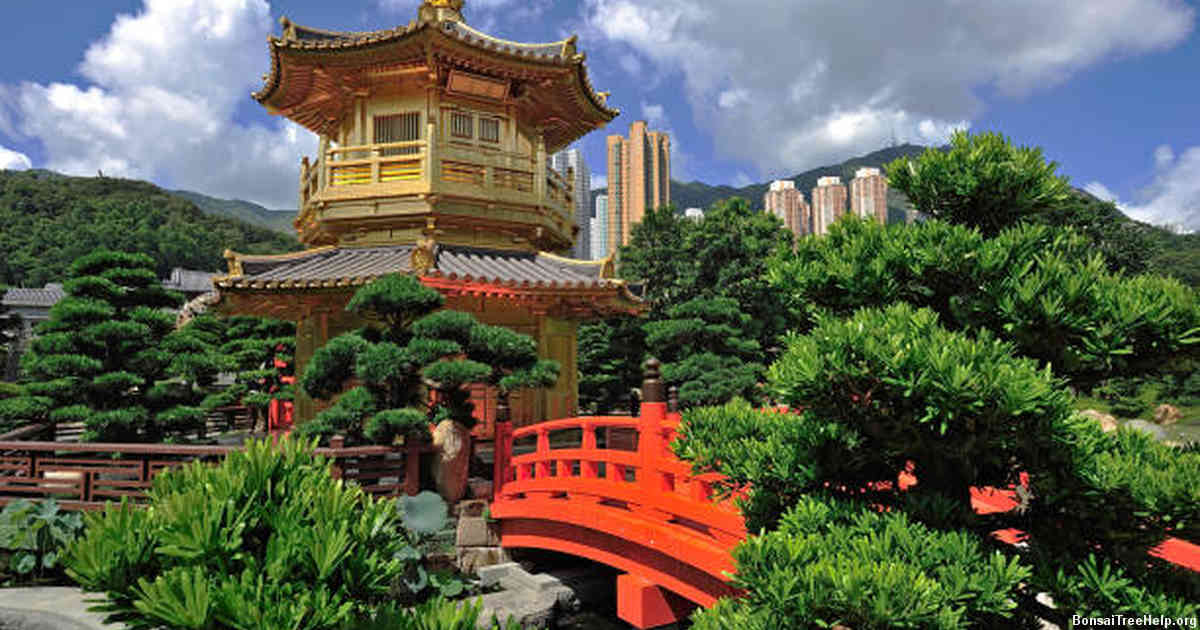
Wiring is a crucial part of bonsai styling, as it helps to shape and refine the appearance of the tree. When done properly, wiring can give your bonsai a strong natural aesthetic that has a visual impact on any viewers. To ensure successful wiring, it’s important to understand why you would use wires in the first place: to enhance the aesthetics and beauty of your bonsai tree.
The goal when wiring is to manipulate the branches into an aesthetically pleasing design that follows natural forms found in nature and emphasizes each branch structure’s unique characteristics. This can be accomplished through working with both curve tension and branch positioning; when applied correctly, this will produce curves which appear to flow gracefully from one point or area to another. The amount of shaping needed for your bonsai will depend on individual species qualities and also vary based on how much pre-existing movement exists in its branches prior to being wired.
When determining how much movement or bend should be used when wiring a certain branch type or direction, you must keep two key aspects in mind; firstly, what angle looks best from all directions? Does this proposed angle put too much stress on any existing wood material? It’s important not only for aesthetic purposes but also for safe keeping of your bonsai during wiring – an over bent branch may break due excessive force so you should always practice caution while proceeding with wire manipulation. Too often inexperienced beginners resort to heavy turns that don’t actually benefit the trees they are attempting style; understanding purpose behind each change made will result in more visually satisfying results as time progresses.
The Ideal Time to Wire Young Bonsai Trees for Optimal Results
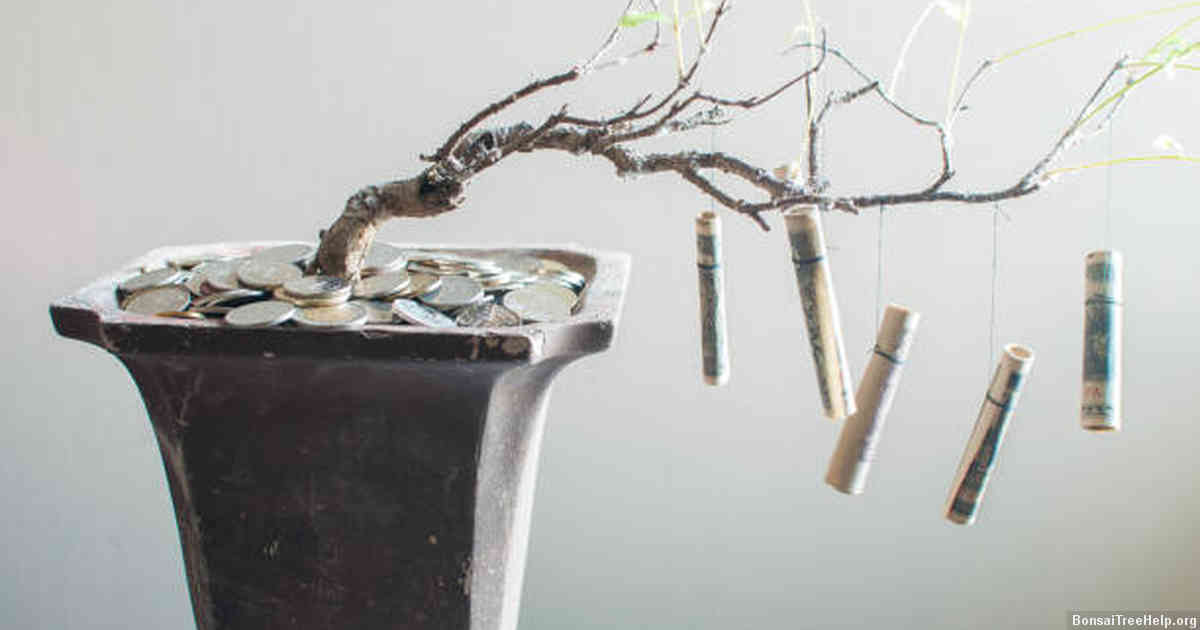
Bonsai is a hobby that has been treasured for centuries, and each practitioner of the art has their own tips and tricks to crafting bonsai trees. However, when it comes to wiring young bonsais, there are certain rules that should be followed for optimal results.
The ideal time to wire young bonsais depends on the type of tree involved. Certain species such as Japanese maples and junipers can be safely wired year-round while deciduous trees like Chinese elms or snow firs should only be wired in late winter before they begin pushing out new buds. This allows you to shape the tree as desired while avoiding damaging its tender new branches.
When working with a younger tree, there are some steps that should be taken even before wiring begins in order to promote healthy growth later down the road. Any dead or dying branches should be pruned away since these can act as breeding grounds for pests or fungus if left unchecked. The direction of future growth must carefully considered; if you don’t plan ahead for how your wires will impact this direction then you may end up limiting or preventing further development from happening at all. Once these preparatory steps have been completed then wiring can finally take place in earnest.
Evaluating Bonsai Health and Readiness for Wiring Techniques
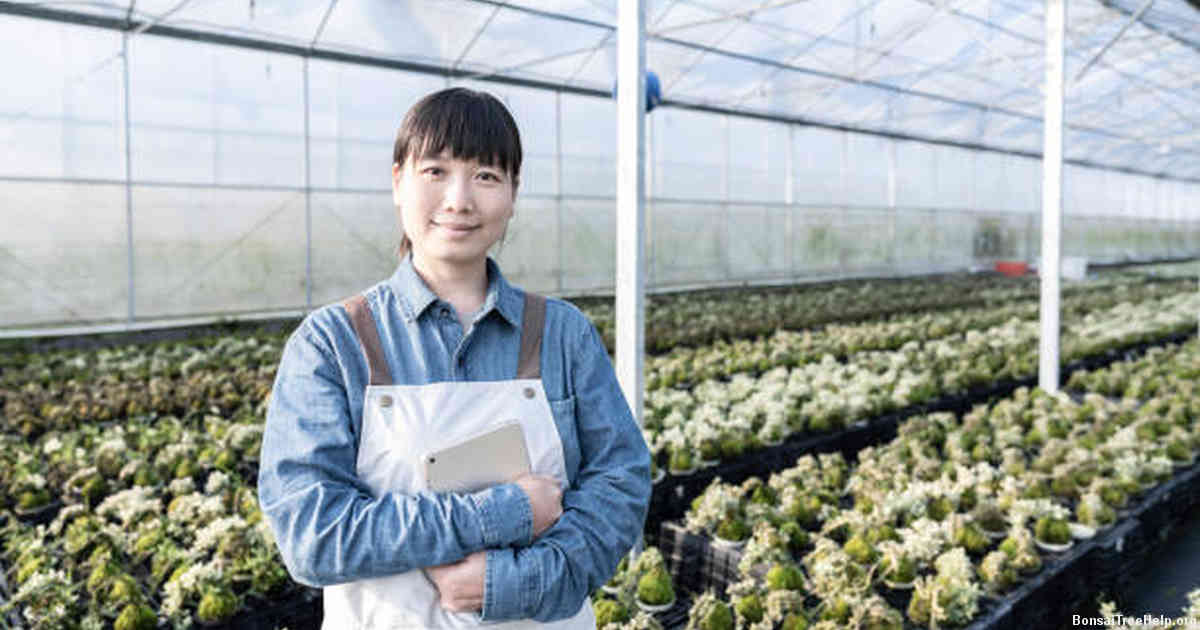
Carefully evaluating the health and readiness of a bonsai for wiring techniques is essential before attempting to undertake any work. To identify if a tree is ready for wiring, it is important to examine the bark of the trunk and branches as well as its foliage. If an individual notices scars or marks that suggest former damage, then they should take extra caution while wiring the tree as fragile areas may have formed in these places. The thickness of the bark can also play an important role in determining whether or not a bonsai should be wired at present; thicker bark generally indicates stronger support within the branches and trunk which means they are likely able to bear additional weight without breaking apart easily.
On top of examining outward appearances and characteristics, one must also consider how much energy has gone into producing new growth on their bonsai. Seasonal changes often cause noticeable fluctuations in vegetative vigor – if temperatures recently cooled off dramatically, for instance, this could indicate that their plant will soon experience dormancy and reduced growth. In such cases it might be best to wait until warmer weather brings about more robust foliage before attempting to wire any branches. Similarly, mature trees can generally tolerate better handling than ones with newly potted roots so it is important to keep age in mind when trying out techniques like bending or splicing trunk sections together.
Getting feedback from other gardeners who have experience with similar species can also prove invaluable when trying out complicated designs that require exact timing; seeing what worked (and didn’t) for them might help avoid costly mistakes along your own project journey.
Step-by-Step Guide on Basic Bonsai Wiring Methods

Bonsai wiring is a popular way to help maintain the shape of your bonsai tree and allow it to grow in its desired form. For those just starting out, here are some basic tips for applying the wiring correctly.
First, inspect each branch carefully before beginning to wire as you want make sure that it has not broken or dead wood that needs removing prior to wiring. This will ensure that your future results look clean and precise. After inspecting the branch, begin with an appropriate sized wire which should be neither too thick nor too thin so as not to damage the branches of your bonsai tree. Apply the wires by wrapping around one end of the branch and gently threading them around on either side while maintaining uniform tension throughout. Keep in mind that overly tight or loose wires can permanently deform certain parts of your tree so be sure to properly adjust them as needed during this step.
Once all of your branches have been wired, use fine-tipped pliers to create gentle curves where needed following up with single loop cutters for areas requiring a tighter bend. If sections become difficult to manage by hand, use specialized tools such as a jin plier or green jin pliers since they offer finer control when dealing with smaller pieces from smaller trees and more intricate shapes. After confirming everything looks good you may remove any excess wires and apply protective pads onto sensitive areas like exposed bark if necessary for extra protection against abrasions over time from shifting/moving branches in case you need further adjustments later on down the line.
Factors to Consider Before Starting the Wiring Process

As the delicate art of bonsai continues to grow in popularity, proper wiring techniques are a key factor that plays an important role in shaping and maintaining these miniature trees. Before tackling this complex task, there are several points which need to be taken into consideration.
In order for successful wiring of a bonsai tree, it is essential to start with one that is healthy and vigorous. Many hobbyists jump into the process with eager enthusiasm only to find their efforts have been wasted due to their starting point being wrong. Checking for signs such as weak growth, pests or diseases will give you an indication of whether the plant is ready for wiring or not. It may be worth investing time in pruning and feeding before moving forward to ensure optimal results.
Understanding the appropriate timing is essential when approaching any wiring job with your bonsai tree. Wiring can take place both during growing season (from spring through late autumn) and dormancy (winter). For example, winter time offers opportunity for more extreme training methods due to increased chances of wound closure thanks to reduced sap flow – however conversely it also carries increased risk if temperatures drop too low or day length shortens significantly where desiccation occurs leading branches dying off within hours of being wired. On the other hand Spring presents us with vibrant vigorous foliage at a suitable stage ready for moderate training once established at pot size yet relatively high risks associated with temperature extremes reducing cold hardiness often present during early weeks on buds bursting open post-wiring leading all-too-common defoliation problems. Ultimately all factors should be taken into account prior to commencing wiring so as not only minimize stress but also so ultimately provide greatest benefit from session efforts put forth by bonsairer.
Common Mistakes in Wiring that Can Harm or Kill your Bonsai Tree
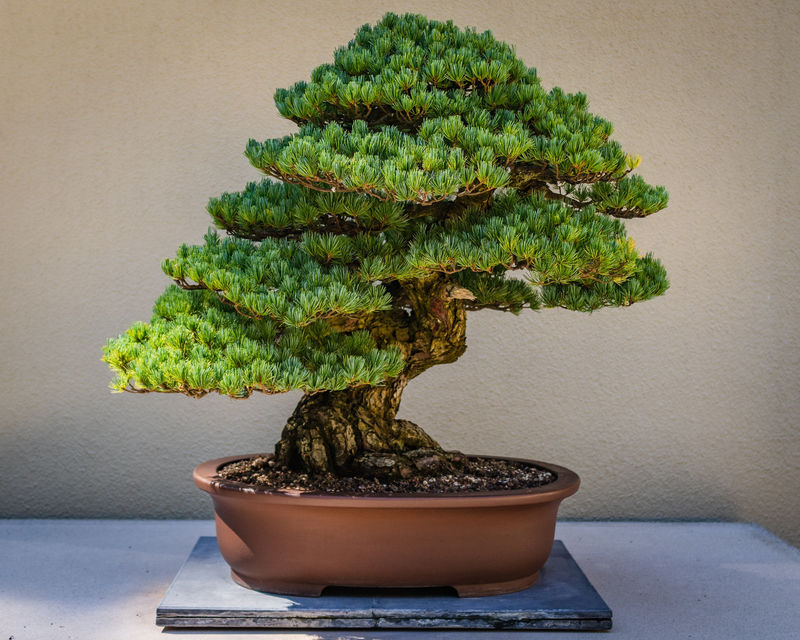
Beginning the wiring process is a commitment to the health and wellbeing of your bonsai tree. Whether you are working with an existing specimen or starting from seed, proper wiring techniques are essential in achieving the desired shape. However, too often, novice enthusiasts make common mistakes that can be fatal for their plants.
For starters, failing to adequately prepare wires before they are placed on branches can easily cause damage or breakage due to tension. Before ever wrapping wires around any part of a tree’s body, it is important to cut them into pieces small enough so as not to overburden delicate parts – this could mean cutting down long wire rolls into smaller strips depending on how much will be necessary for the job at hand. Failing to do so runs the risk of crushing woody material which limits sap flow within. Making sure all materials used for wiring – aluminum, copper and plastic – are free from jagged edges and burrs will go far in avoiding scarring young tissues which also restricts healthy growth in future seasons.
Another pitfall people often come across when wiring bonsai trees is applying too much pressure during binding by either tightening excessively tight or leaving it too loose for longer than necessary periods of time; both scenarios encourage deformity if left unchecked over time. This particular blunder carries the additional danger of eventually leading to girdling roots should old bindings remain unchecked due to having forgotten them in haste or absentmindedness while tending other sections of your plant’s structure after initial setup. The resulting “strangulation” cuts off oxygen uptake at root level causing potentially irreversible damage if neglected long enough as trunks begin drying out until cells die off permanently unable to heal themselves correctly afterwards.
Maintaining Healthy Growth After Bonsai Shaping: Tips & Tricks
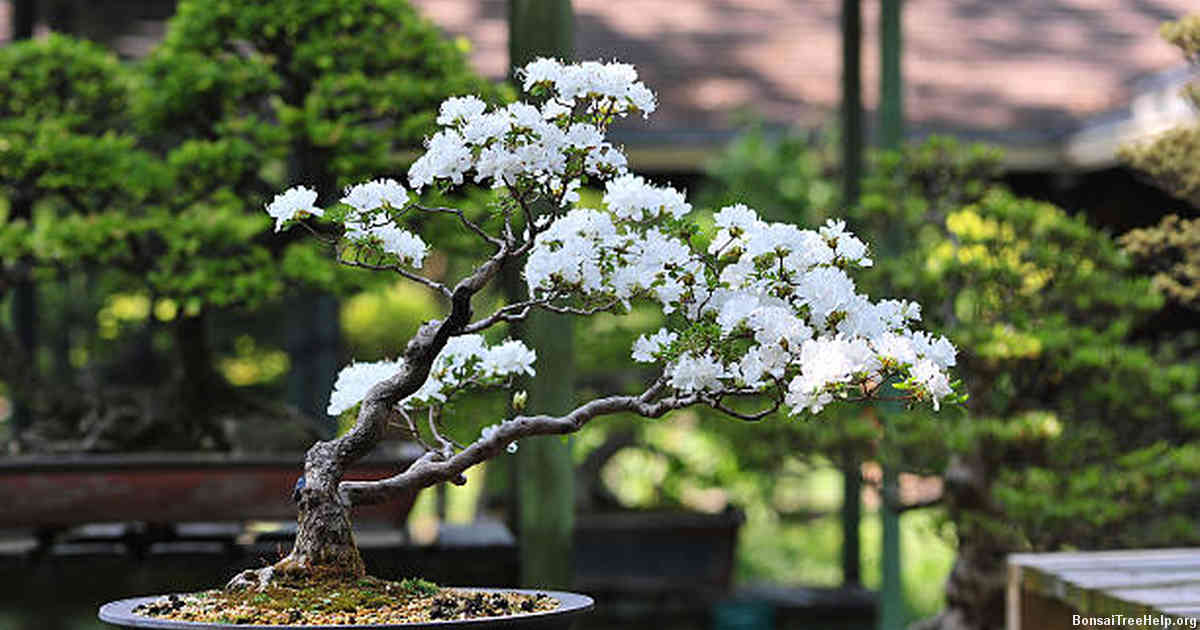
Bonsai shaping is the cornerstone of any successful bonsai tree. While it can seem daunting at first, once you get a hang of the techniques, maintaining healthy growth afterward is much easier. Even though wiring is one of the most important parts in bonsai styling, proper care for your trees after wiring should not be neglected as that can affect their health and growth down the road. Here are some tips to consider when maintaining healthy growth post-wiring:
Make sure to use wires that are appropriate for your tree’s size and shape. Too small or too large wires can cause unwanted damage to the branches. When possible, try reusing existing wires whenever possible since they have already taken the form of your branch’s contour better than a new wire would. It will also take less time and effort to shape them so it’s worth considering doing this if applicable.
Another crucial factor in keeping your bonsai healthy after wiring is its location with regard to sunlight exposure and temperature regulation. During this stage, light amounts should be monitored carefully and kept lower than usual since direct sunlight while its wired branches still flexible might lead to burns which could result in bare patches on foliage later on due to inadequate photosynthesis ability from damaged leaf cells caused by sunburns at early stages of its development. Depending on outdoor temperatures where your tree resides – either indoors or outdoors – special attention must be paid during cold season such as winter months when temperatures often drop drastically; protection from freezing winds and coverings from ice snow falls might be necessary if exposed directly outside in order for not only reducing risks associated with rapidly changing temperatures but also humidity levels; all these conditions combined could cause unexpected damages on a young bonsai tree even worse than those caused by wrong type or size of wires used initially for shaping purposes.
Finally, regular inspection visits should always part of any daily routine along other associated activities such as watering or fertilizing; keep an eye out for any suspicious changes during these inspections such as discolorations or developing pests infestations etc… These issues might require additional treatments such as spraying particular products in order keep things under control before they become critical problems down the road which may result permanent damage unrepairable over time forcing premature retirement in many cases even with best efforts taken against it…
Leave a Reply